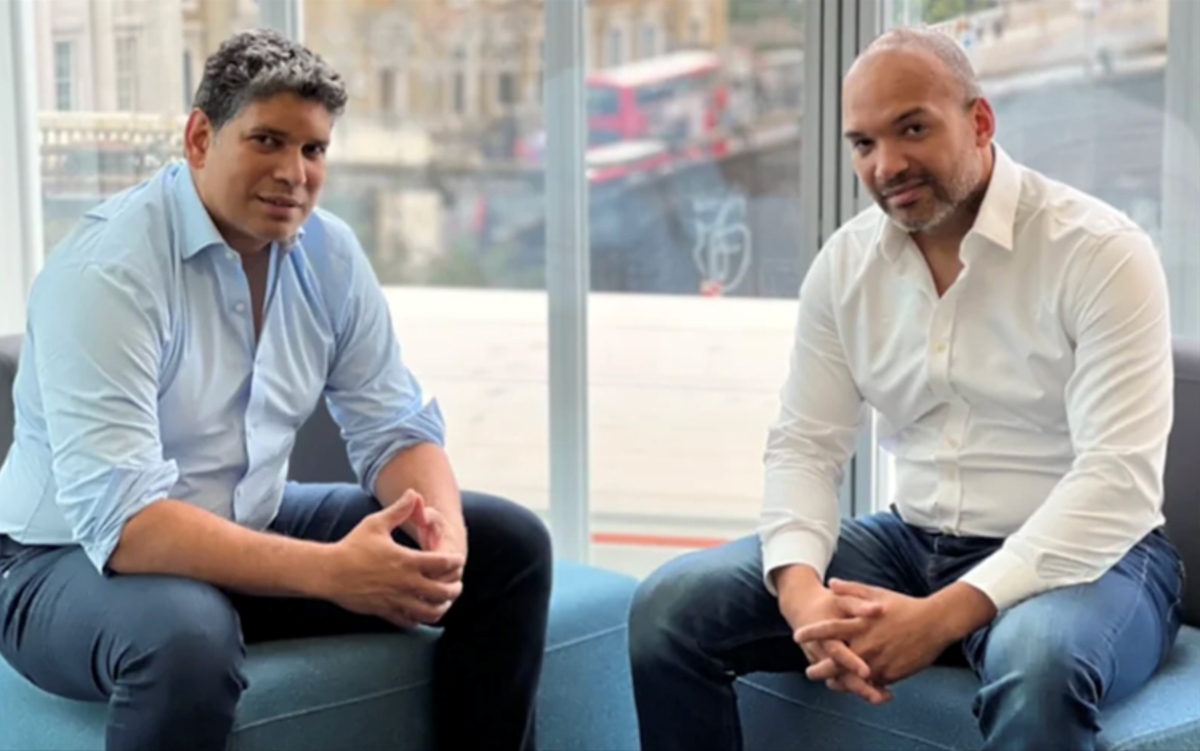
How to Choose the Right Crypto Private Sale to Invest In
You heard about the success stories of traders investing in new cryptocurrencies, and now you’re ready to try them out yourself.
Armed with funds, you decide to navigate the internet searching for a budding digital currency to purchase.
As you navigate the sea of cryptocurrencies in their private sale period, you come to a sudden realization: you have no idea where to put your money.
The biggest attraction of private sales is that they’re purchased by a small exclusive pool of crypto enthusiasts and they can provide substantial returns when they list on the market. Techopedia technology expert and author Michael Graw further explains that exclusivity fuels the hype. Because private sales are limited to exclusive groups, they’re a popular way to invest and give enthusiasts the chance to buy in early. Nevertheless, high reward is typically accompanied by high risk. If you aren’t sure about which token to place your hard-earned money, you might lose it.
So here’s what you need to do:
Assess the Token’s Development

There are three key stages in any cryptocurrency project’s development: the conceptual phase, the prototype phase, and the fully functional product stage. Understanding these stages will allow any investor to accurately weigh the potential risks and rewards associated with each project.
The crypto project is still an idea in the conceptual phase. There’s no product, only a whitepaper outlining what the digital currency offers. At this point, the team behind the project is looking for funds to hire developers and start building the product. The conceptual stage promises high rewards for investors. Nevertheless, investing at this stage is risky.
The developers produce a product during the prototype stage. Although the product is not fully functional, it calms investors' fears by serving as proof of concept.
The prototype is typically released to substantiate the team’s claims that the token will perform well in the market. This stage comes with a moderate level of risk and reward.
At the fully functional product stage, the team will release a product with most of the features implemented. At this point, you’ll need to monitor the buzz around the token. Usually, the higher the attention from crypto enthusiasts, the better it’ll do on the market.
Once a project has a product, the investment risk reaches its lowest. Nonetheless, the rewards would not be as high as they would have been if you invested in the conceptual phase. However, you need to understand that investing at this stage is the safest.
Research the Team Behind the Project
A project brought forward by a competent team with enough experience and a clean record is likely to succeed. To begin your research, you can check through the core team members’ LinkedIn profiles.
First, you’ll have to research successful past projects that team members have worked on. This factor is crucial since there are records where individuals have moved on from a successful crypto project only to propel another project to greater heights.
For instance, Charles Hoskinson co-founded Ethereum and then went on to develop Cardano, another top 10 cryptocurrency by market capitalization. Gavin Wood was part of the team that developed Ethereum, and he created Polkadot, a top 20 digital currency. Jed McCaleb co-founded Ripple and then went on to work on Stellar, which takes up a spot on the top 50 cryptocurrency list.
Next, you need to search for their background in blockchain development, software engineering, or finance. If a significant portion of the team has previously worked on blockchain projects, it gives them an edge. Also, holding senior positions at reputable companies is an indicator that a team member is competent.
You also need to ensure that none of the team members have been embroiled in cryptocurrency scam rumors or failed projects. You can begin your research on Google by typing the team member’s name along with terms like ‘scam’ or ‘failed project.’ You can also read news articles that discuss their professional careers.
Finally, you have to assess the project’s partnerships. If the project already has partnerships with reputable organizations in the finance or tech world, it might be worth the look.
Go Through the Tokenomics
Tokenomics refers to the economic model of the project’s token. It’s important to note that the token is key. How well it does informs what you will expect as a reward from the project.
You have to check if the token has utility. In essence, you’re assessing the advantages provided by the token for its holders. When a token has sufficient utility, it spurs demand, ensuring that more people want to hold on to it.
Typically, tokens are used to pay for services on a network, allow holders to participate in democratic decisions, or protect the network while gaining more rewards through staking. For instance, if no KYC casino DApps are built on the project’s network, its tokens can be used to pay for the gaming services, eliminating the need to use fiat.
You need to go through the part of the project’s whitepaper detailing the token’s total supply and circulation. The total supply is the highest number of tokens that will ever exist. If there’s a low total supply and there’s increased demand, the token’s price will shoot up. For instance, Bitcoin has a total supply of 21 million coins, and this value is set in stone and can not change regardless of the effort or tech that goes into mining Bitcoin. This low total supply drives up Bitcoin’s value in the eyes of investors.
The circulation section of the whitepaper specifies details like the initial circulating supply, which is the number of tokens that will be available when the token launches. A project with a high initial circulating supply can trigger high market activity. Nevertheless, if many investors intend to take quick profits, this could lead to a drop in the token’s price within a few days of launch.
You can also check if the project offers any incentives to encourage participants to hold their tokens. Some of these incentives include bounties and liquidity mining, which see users earning rewards for providing liquidity to exchanges, thus driving up market activity on the token. Bounties are tokens shared with users who engage in a specific activity, such as social media participation and writing blog posts about the token.
Evaluate the Community Engagement
An engaged community is a strong indicator of a potentially successful cryptocurrency project. To gauge community engagement, you’ll have to go through the project’s social media and assess transparency.
When checking the crypto project’s social media pages, you can start with the Telegram community. Crypto groups on Telegram can contain tens of thousands of followers. Remain in the group for a while and observe how frequently the users engage in discussions. The presence of moderators in the group shows the project’s organization.
Surf Reddit to check how many subscribers the project has on its subreddits and the frequency of posts. You’ll find a lot of information about the project when you go through these subreddits.
While scrutinizing the project’s social media pages, you need to scrutinize the level and quality of the dialogues being held. Be on the lookout for projects offering bounties to anyone willing to ‘shill’ their tokens. Shilling refers to the practice of exaggerated promotion of a crypto project, which can lead some users to give incorrect information for rewards.
To finish up your evaluation of a crypto project’s community engagement, you can appraise its transparency by checking how frequently it updates the community on partnerships, milestones, and technical development.
A good crypto project team engages in clear discussions with its members without employing any form of ambiguity during communication. Also, when you go through a good project’s whitepaper and website, they’ll try to provide as much information as possible.
Conclusion
Finding the right crypto private sale can be challenging, especially when you’re new to the digital currency space. To get started, you need to assess the token’s development, research the team, check the community engagement, and go through the project’s tokenomics.
Trending
-
1 Building a Strong Financial Foundation: Saving, Investing, and Retirement Planning
Daniel Hall -
2 Franchise Investment Pitfalls to Avoid: A Beginner's Checklist
Daniel Hall -
3 Why Selling to an iBuyer Could Be the Best Move for Your Home
Daniel Hall -
4 Financial Tips for Businesses: Reducing Expenses Without Sacrificing Quality
Daniel Hall -
5 9 Tips to Help You Secure a Graduate Job in Finance
Daniel Hall





Comments